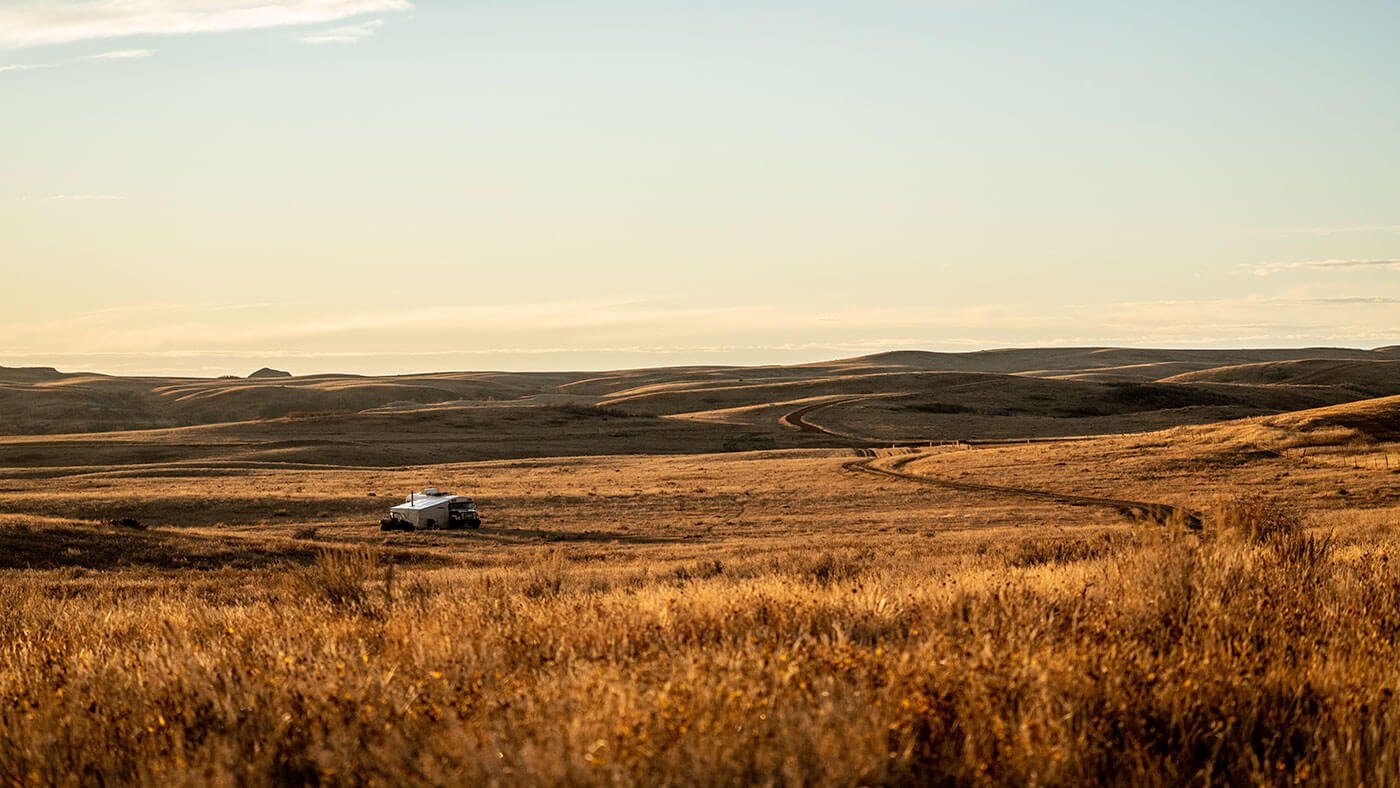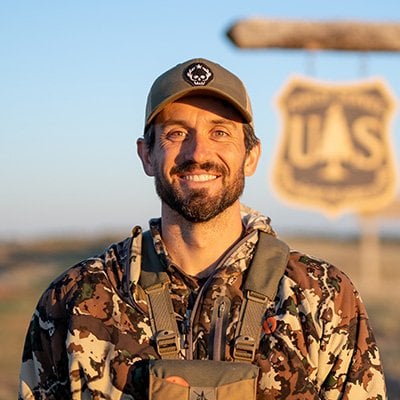- Savage Blog
- Conservation Funding: 5 Ways that Wild Places are Protected
Conservation Funding: 5 Ways that Wild Places are Protected

How is conservation funded? If you spend any time in the woods or on the waters in North America, you have benefited from some sort of conservation funding. It may be hard to see on the surface, but when you dig a little deeper into how the money flows into wildlife and habitat management, it really becomes eye opening how important it is to have multiple streams of revenue that are geared specifically to protect the future of wild animals and places.
I want to touch quickly on five different avenues where money comes from for conservation.
State Wildlife Agencies
We manage wildlife based on the North American Model of Conservation and one of the tenants within that model is that wildlife is held in public trust but managed at the state level. What that means is that any time you buy a hunting or fishing license, purchase a habitat stamp, or pay an access fee, those dollars are going to your state agency, and they allocate those funds to pay for biologists, game and fish officers, and all of the projects that are required to maintain habitat and healthy animal populations.
Sometimes tag or license fees may seem excessive, but it is important to remember just exactly where those dollars are going. I like to use the concert ticket analogy. If a ticket for a 3-hour concert costs between $75-100, I never feel bad about spending similar fees to have an entire season of hunting, fishing, or other recreation. Yes, I know there are a lot of tags that are far more expensive than that, but the point I’m trying to make is that the value of spending time in the wild is more than worth it.

The Federal Aid in Wildlife Restoration Act (Pittman-Robertson Act)
The Pittman-Robertson Act (PR) is one of the greatest conservation tools to ever be passed into law. Passed in 1937, the Pittman-Robertson Act imposes a 11% excise tax on guns, ammunition, and archery equipment. That money goes into a fund that is distributed among states for wildlife and habitat projects. Prior to the existence of the Pittman-Robertson Act, many species were on the brink of extinction through market hunting and habitat degradation. States must fulfill certain requirements in order to access the funds which ensures that the money distributed will go to specific conservation projects that will benefit wildlife and habitat directly.
Some of the things that the money can be used for are things like research, surveys, management of wildlife or habitat, and leasing or purchasing lands. The dollars also fund shooting ranges and hunter’s education programs across the nation. The state submits a plan, covers the cost themselves first, and then is reimbursed by PR for up to 75% of the project cost. Since the inception of the PR Act, more than $14 Billion has been raised for the Wildlife Restoration Trust Fund. All 50 states have been beneficiaries of those dollars and the impact of the projects funded by PR is priceless.

The Land and Water Conservation Fund
The Land and Water Conservation Fun (LWCF) is another conservation fund that has massively benefited conservation, but the funding mechanism is a little different, and the recipients of the dollars goes beyond just hunting and fishing. The primary revenue stream for the LWCF is from offshore oil exploration royalties. It was established by an act of Congress in 1965 and at the time of passing, the fund could be filled up to $900 million per year. That only happened twice in the history of the fund…until 2021. The Great American Outdoors Act was just passed which fully and permanently funds the LWCF to the maximum $900 Million a year in perpetuity.
The funds from the LWCF are used for everything from fishing access projects to baseball fields and anything else that requires funding for conservation and recreation. It also funds the acquisition of lands at the local and federal level and since 1965. It has helped acquire nearly 7 million acres of land used in conservation related projects. One pretty amazing fact about the LWCF is that every single county in the nation has benefited from LWCF dollars since its inception.

Federal Duck Stamp Act
The Migratory Bird Hunting and Conservation Stamp Act was passed in 1934 and has been the main source of wetland habitat conservation funding ever since. The Act requires any waterfowl hunter over the age of 16 to purchase a stamp and 98% of the purchase price is required by law to be spent on wetland conservation. Since 1934, over $1.1 Billion has been raised and more than 6 million acres of wetlands have been preserved.
The duck stamp is really the only reason the federal wildlife refuge system exists, and you can use a duck stamp to access those refuges in places where a pass to enter is needed. The beautiful thing about the duck stamp is that it goes way beyond helping just waterfowl or migratory bird species. Protecting wetlands helps over 700 animal and plant species. In addition, wetlands help with flood control, soil erosion, and water quality. Whether you are a waterfowl hunter or not, if you want to make a direct donation to conservation, buying a federal duck stamp is a good place to start.

Conservation Organizations
I want you to think about your favorite animal or fish. More than likely, there is a conservation organization dedicated to that exact species you are thinking of. Whether you are an elk fanatic, live for fishing native cutthroat in the west, or love upland birds, there are organizations you can join to help fund the protection of and improvement of management and habitat for that species. Conservation organizations are an excellent opportunity for people to get involved with projects that directly benefit local habitat and wildlife. The organizations are able to fund projects through membership dollars as well as large donations from members and fund-raising projects including banquets and other events. Through the money they raise, many organizations will collaborate with state agencies on projects to match dollars or find volunteers to help with boots-on-the-ground initiatives.

As you can see, conservation funding and access comes from many sources, and these are just a few of the ways that dollars hit the ground. It is important to understand how some of this works in order to see the bigger picture when it comes to protecting wildlife and habitat for future generations. So, go buy a gun, duck stamp, organization membership, or anything else that helps fund all of the things we love to do and want to protect.

